
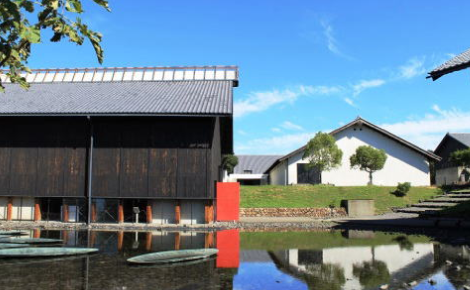
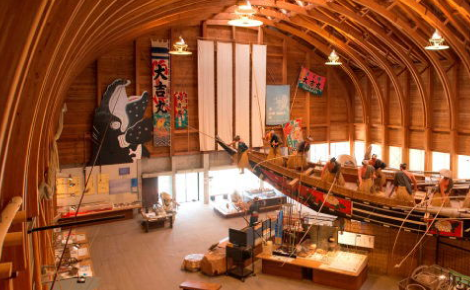
Promotion Video

People love the ocean.The oceans of the world have brougt forth life under the sea. For the Japanese,inhabitants of pacific islands,the ocean has been more signeificant than just a place where peole get food and salt.The ocean has been used as a highway for trade or as the means of customs and religion etc.since ancient times.Traditions of Sea Folk has been characterized by a long and significant relationship between the ocean and people.
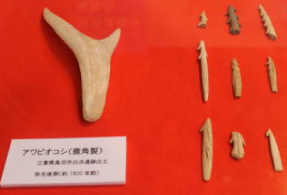
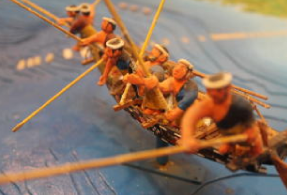
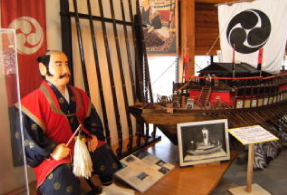
In Japan,gods reside everywhere.This is an important point to understand the Faith of Japanese.Gods may settle in a house, in a boat, and even in a small piece of wood. Japanese worship natural phenomena because of this belief. Meet "the Ebisu" god, the Japanese god that brings fortune and harvest.
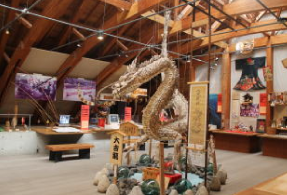
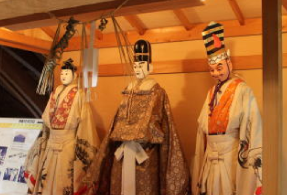
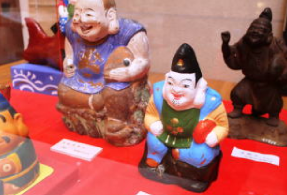
Industrial waste dicharge and land reclamation have destroyed tidal flats and shallow seaweed areas, the home of small marine life. Thermal pollution from atomic generator plants is affecting the whole environment of the sea. Our daily life easily becomes a source of pollution. It's time to Save Our Seas when we notice S.O.S. signals from marine organisms.
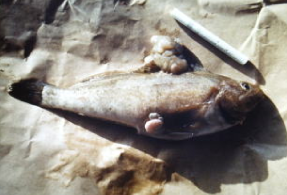
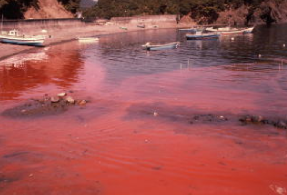
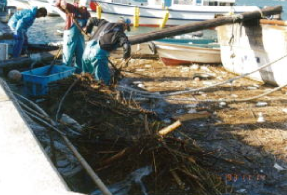
The history of Ama(women diver)fishing dates back to 10000year ago.How
could they catch abalones in less than 50 secound without scuba-equipment?
Try holding your breath for as long as the Ama,when waching them dive.
「Ama divers are Incredible!」(English PDF)
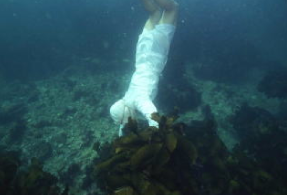
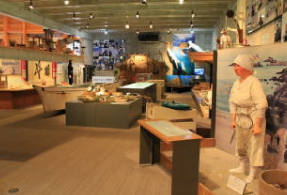
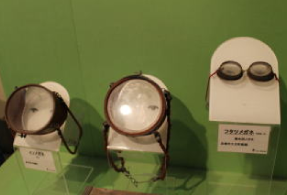
Ise Bay used to be a favorable fishing area. People would catch just what food they needed for the day. In those days man depended on himself or being developed. "Utase-ami ryo",trawling nets using a sail-boat was one of traditional methods of fishermen.
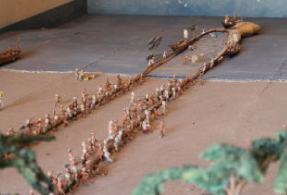
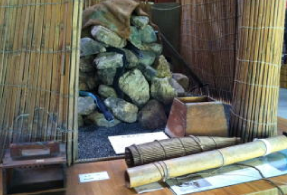
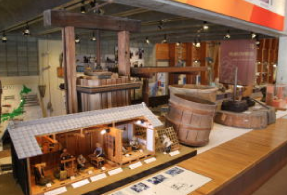
In the past, dropping octopus-pots, harpooning Marlins, sharks and whales, snatching schools of sand lance by scoop net in the area have been replaced by technological innovation. Don't miss the processing of Katsuo-bushi(dried bonito) and nori(sea weed).Both of which are essential to prepare Japanese dishes.
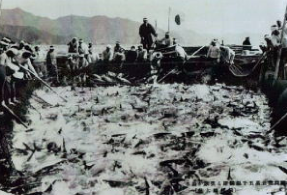
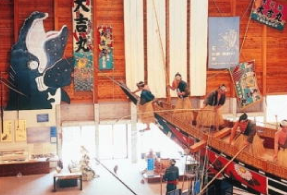
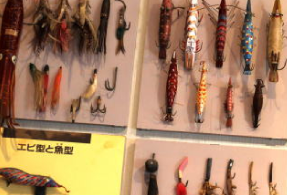
Travel back in the past and hear the sounds of wave with the collection of Japanese original and Asian wooden boats in the museum's ship storage. In Japan, boat builders used to put a spirit called funadama-san in each new boat he made. As boat builders are becoming fewer in number today, unique and traditional construction techniques are disappearing.
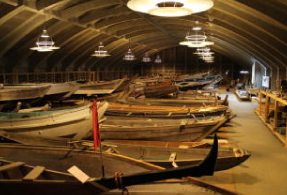
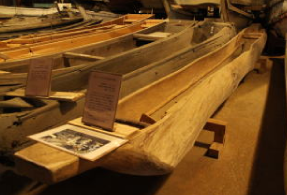
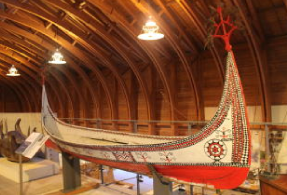
- We also keep over 90 small wooden fishing boats on display in our special collection room.
- Four times a year the museum holds special exhibitions and photo galleries, giving further opportunities to explore the long relationship between Toba’s fisher-folk and the sea.

The museum is located in a beautiful part of Toba’s countryside close to
the sea,
where you can hear the birds singing and appreciate the sea air.
In the museum’s friendly atmosphere you can explore the long relationship
between people and the sea, looking at over 60,000 exhibits.

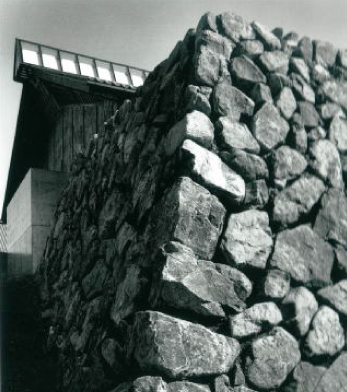
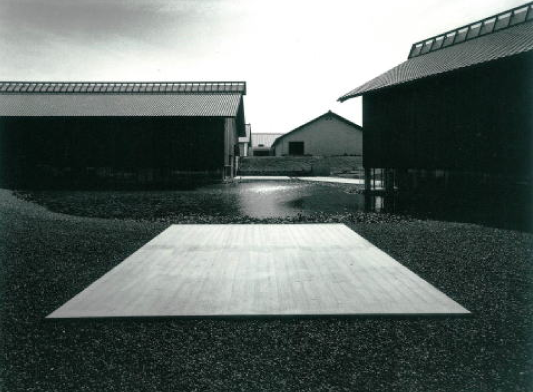
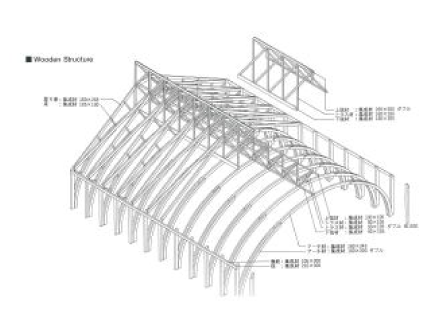
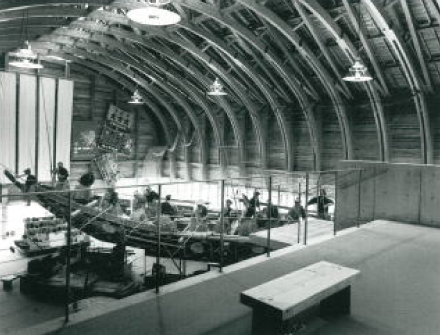
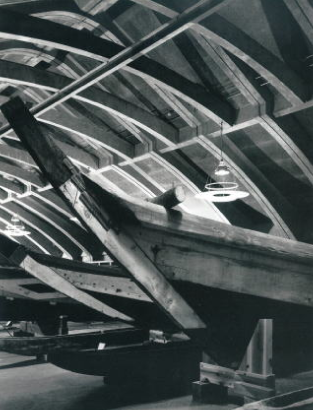
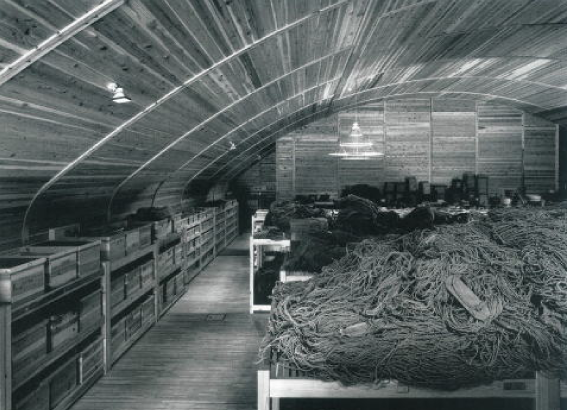
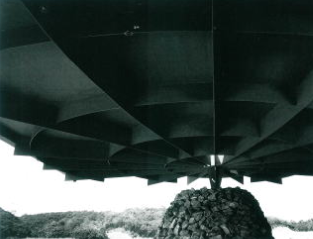
- hall area of the museum - 17,896 m2
- hall areas of building - 1,905 m2
- collection room - 2,026 m2
- research room - 499 m2
- experience program room - 387 m2
- cafe - 74 m2
Structural Engineering: Structural Design Group Co.,Ltd(S.D.G) Kunio Watanabe
Door Artwork: Ken-ichi Matsuda
Monument: Susumu Koshimizu
Display Design: Kazuhiro Satomi
Furniture: Shinobu Suga
Toba Sea-Folk Museum has been awarded several prizes, including
- Japan Inter-Design Forum Prizeby Japan Inter design Forum
- Award of Architectural Institute of Japan by Architectural Institute of Japan
- Award of PublicBuilding by The Ministry of Construction.

| 1st March ~30th November | 1st December〜End of February | Closed |
| 9:00〜17:00 | 9:00〜16:30 | 26th June~30th June 26th December ~30th December |
●Last admission : 30minutes before closing time
| Adults (over 18 years) | Children (under 18 years) | |
| 1 person | ¥800 | ¥400 |
| Groups (20-99 people) | ¥720 | ¥320 |
| Groups (over 100) | ¥640 | ¥280 |
Post code:517-0025 1731-68
ogitsu Uramura-cho Toba -City MiePrefecture
TEL:0599-32-6006 FAX:0599-32-5581
from the pearl road “ounouraoohashi” go 3km and turn left.
From Toba tenboudai drive 3.5 km and turn right.
●Train and Bus
coming from the JR and Kintesu Line Toba train station and
using the Kamome Bus which goes via pearl road takes about 35 minutes.
Get off at the “Umi no hakabutsukan” stop and the museum is a 1 minute walk.






